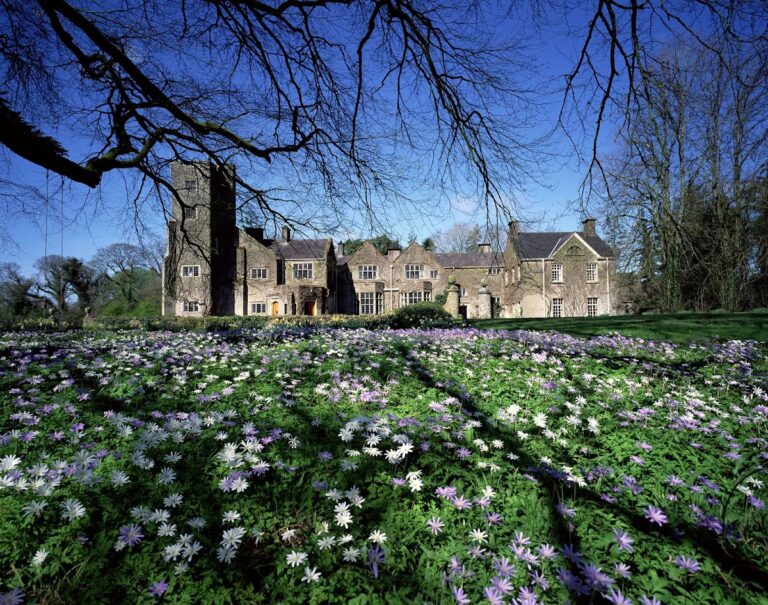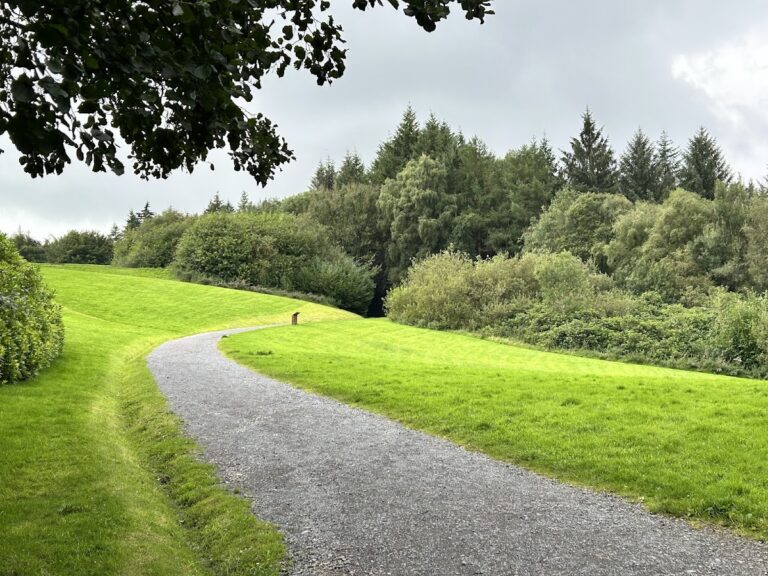Necarne Castle: A Historic Victorian Gothic Estate in Northern Ireland
Visitor Information
Google Rating: 4.8
Popularity: Very Low
Google Maps: View on Google Maps
Official Website: www.castleirvine.com
Country: United Kingdom
Civilization: Unclassified
Remains: Military
History
Necarne Castle is situated near Irvinestown in what is now Northern Ireland. The original fortification on this site was established by Scottish settlers following the English conquest of Ireland during the early 17th century. This period saw the Ulster Plantation, during which lands were granted to British and Scottish colonists, including the area historically referred to as Nakarna or Nakarney.
The estate was initially granted to Gerard Lowther, a Scottish planter, who took possession around 1615 and is credited with building the first castle here around 1619. This early structure included a defensive curtain wall known as a bawn, common in settler fortifications of that era to protect against local unrest. Ownership changed hands in 1629 when Christopher Irvin acquired the property, and from that point onwards, the Irvine family retained possession until the early 20th century.
Between 1830 and 1835, the castle underwent a major transformation. The original building and its grounds were remodeled extensively in the Victorian Gothic style, with the new two-storey façade designed by architect John Benjamin Keane. This period reflected a shift from a purely defensive stronghold to a grand residence befitting a landed estate of the period.
During the Second World War, Necarne Castle was repurposed as a military hospital primarily serving wounded United States Navy personnel. Initially set up with 200 beds, the hospital later expanded to accommodate 500 patients, functioning as part of the 28th US Army Hospital system. A nearby Royal Air Force cemetery was established for servicemen who died during the Battle of the Atlantic, linking the site directly to the wartime military effort.
After the war, the castle remained unused for some years and gradually fell into decline. In 1981, the property was acquired by local authorities in Fermanagh. From 1988 until 2023, it was leased by the Department of Agriculture and used as a training center for equine studies and as student accommodation focused on horsemanship. Over time, ownership progressed through families including the d’Arcy Irvines and subsequently the Kennedy family. Notable visitors such as Lord Mountbatten and Prince Bernard of the Netherlands have also been received at the castle during its history.
Remains
The present Necarne Castle stands as a prominent example of Victorian Gothic architecture, characterized by its two-storey façade completed in the mid-19th century under the design of John Benjamin Keane. The building occupies a parkland estate set within the Lakeland landscape, just a few miles from Lough Erne, providing a spacious setting around the main structure.
Beneath this later construction lie the foundations of the early 17th-century castle built by Gerard Lowther. This original fortification comprised a residence protected by a bawn, or curtain wall, typical of plantation castles designed for defense. Though precise details of the early layout are not recorded, the legacy of this form influenced subsequent developments on the site.
The castle was restored in 1927 following its acquisition by Captain Richard Autram Hermon, which helped preserve the structure during the early 20th century. During World War II, significant internal modifications were made to convert the castle into a military hospital. This adaptation supported a capacity ranging from 200 to 500 beds, indicating major alterations to the interior spaces to accommodate wartime medical needs.
Adjacent to the estate is a small Royal Air Force cemetery established during the conflict for air personnel who lost their lives in the Battle of the Atlantic. This cemetery remains as a solemn reminder of the castle’s wartime role.
In the latter part of the 20th century, the castle’s grounds supported equine training facilities and student housing, reflecting adaptive reuse of the estate’s buildings. However, in recent times the castle has become unoccupied and is now closed for safety reasons due to deterioration, though the surrounding parkland remains accessible during daylight hours.










